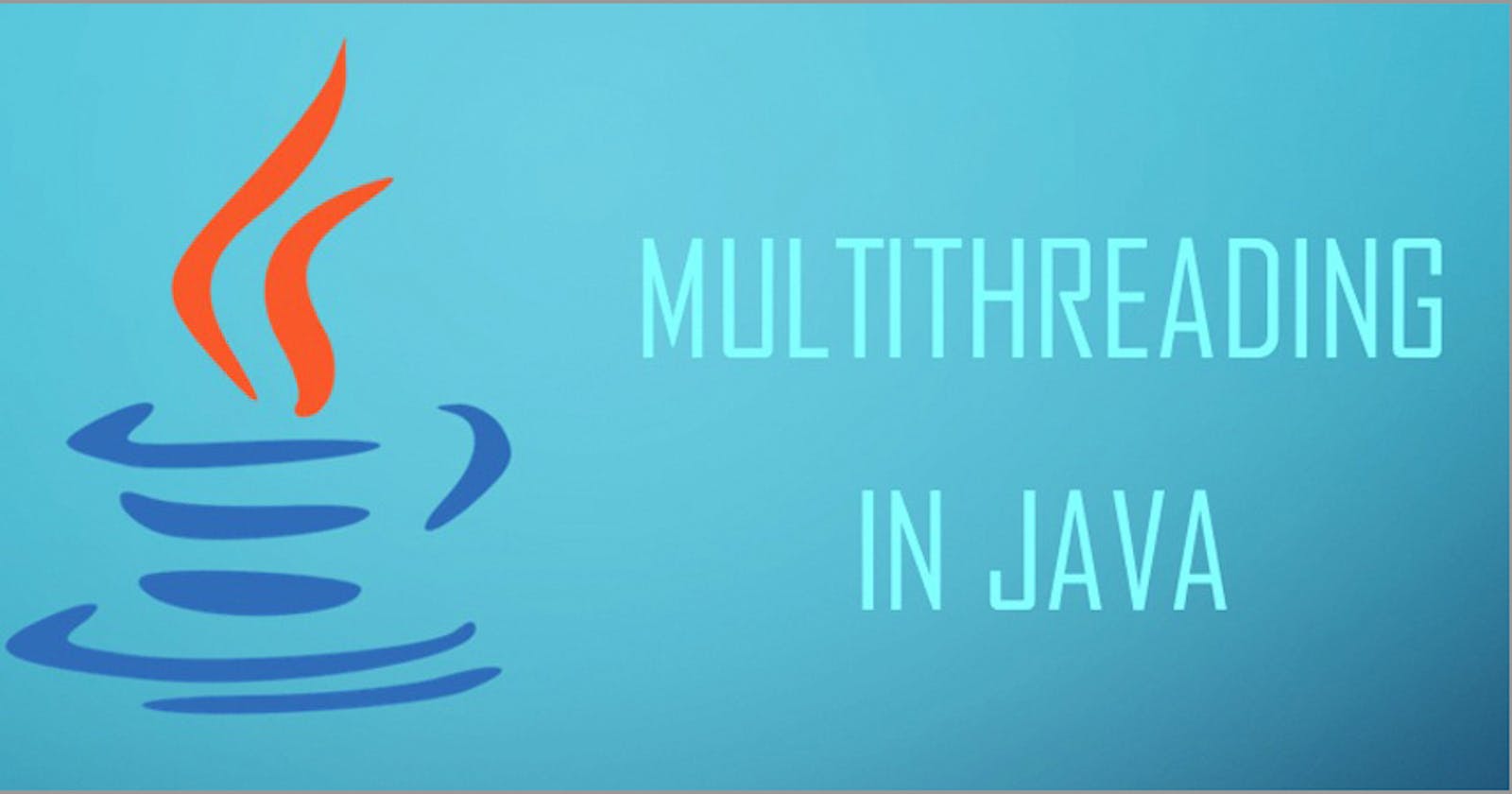Table of contents
Java MultiThreading:
Java multithreading is a concept in which a Java program can have multiple threads of execution running concurrently within the same process. This allows a program to perform multiple tasks simultaneously, improving overall performance and responsiveness.
Here are some key concepts and components related to Java multithreading:
Thread:
A thread is the smallest unit of execution in a Java program. It represents an independent path of execution within a program. Java provides the
Threadclass to create and manage threads.Runnable Interface:
The
Runnableinterface defines a single method,run(), which contains the code to be executed by the thread. You can create a thread by implementing theRunnableinterface and passing an instance of the implementation to aThreadobject.Thread Lifecycle:
Threads go through different stages during their lifetime: New, Runnable, Blocked, Waiting, Timed Waiting, and Terminated. These states are managed by the Java Virtual Machine (JVM).
Thread Priority:
Threads can have different priorities, which can affect their scheduling by the JVM. Priority values range from 1 (lowest) to 10 (highest).
Thread Synchronization:
In a multithreaded environment, synchronization is important to prevent data corruption and ensure consistent behavior. Java provides the
synchronizedkeyword and various synchronization constructs (e.g.,synchronizedmethods,synchronizedblocks) to control access to shared resources.Thread Safety:
Thread safety refers to designing code that can be safely executed by multiple threads without causing data inconsistencies or other synchronization issues.
Thread Pooling:
Creating a new thread for each task can be resource-intensive. Thread pooling involves reusing a limited number of threads from a pool to execute tasks, which can improve performance and reduce overhead.
Concurrency Utilities:
Java provides higher-level concurrency utilities, such as the
Executorframework and thejava.util.concurrentpackage, which offers more advanced ways to manage threads and concurrent execution.Thread Intercommunication:
Threads can communicate and coordinate their activities using mechanisms like
wait()andnotify(), as well as higher-level constructs likeBlockingQueueandCountDownLatch.Daemon Threads:
Daemon threads are threads that run in the background and are terminated when all non-daemon threads have finished executing. They are typically used for tasks that don't require the program to wait for their completion.
Deadlock and Starvation:
Deadlock occurs when two or more threads are stuck, each waiting for a resource that the other holds. Starvation happens when a thread is unable to gain access to a resource due to the constant priority of other threads.
Here's a simple example of creating and starting a thread in Java:
javaCopy codepublic class MyRunnable implements Runnable {
public void run() {
for (int i = 1; i <= 10; i++) {
System.out.println("Thread: " + Thread.currentThread().getId() + ", Count: " + i);
}
}
public static void main(String[] args) {
Thread thread1 = new Thread(new MyRunnable());
Thread thread2 = new Thread(new MyRunnable());
thread1.start();
thread2.start();
}
}
This example demonstrates the basic principles of multithreading in Java. Keep in mind that effective multithreading requires careful design, synchronization, and error handling to ensure correct and efficient behavior.
MultiThreading is the most important concept🙌 which makes Java stand alone from other famous languages like Python because of its Threading and Concurrency features. Hope I clear the MultiThreading overview in this article.
However, we'll dive deeper 🦾 in upcoming articles stay tuned.
Happy Coding 💫
